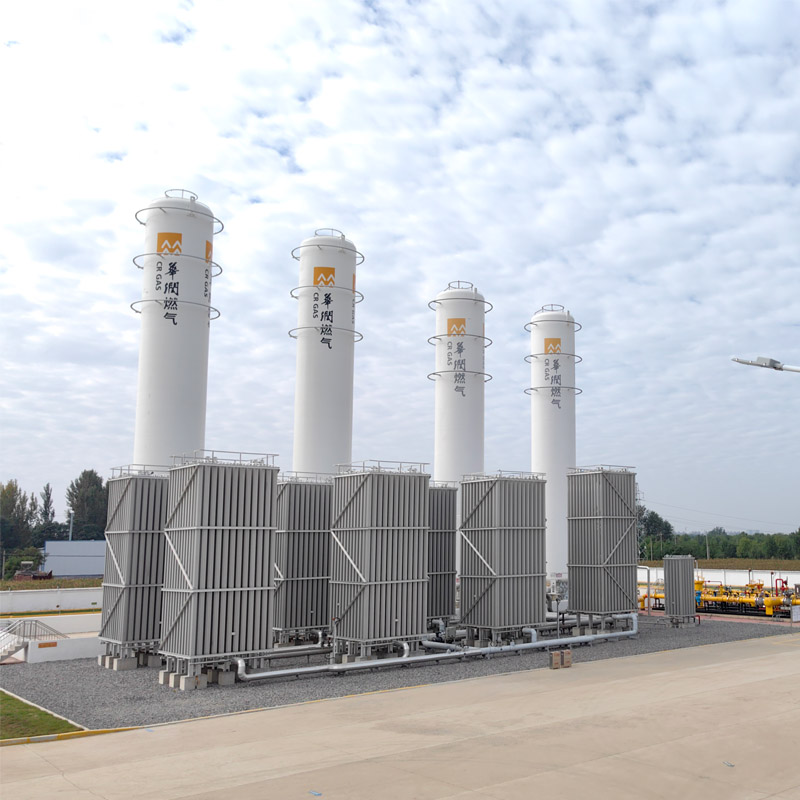
8 月 . 30, 2024 12:29
Back to list
High Pressure Regulators - Reliable Solutions for Gas Pressure Control
High Pressure Regulators Ensuring Safety and Efficiency in Gas Systems
High pressure regulators play a crucial role in various industrial applications, particularly in the management of gases under high pressure. These devices are essential for maintaining safety and efficiency in systems like gas pipelines, industrial furnaces, and laboratories that utilize gas for research or production purposes.
The primary function of a high pressure regulator is to reduce the pressure of gases from a high-pressure source to a desired lower pressure for safe and effective use. This capability is vital, as many gases, when released at high pressures, can pose significant risks to both personnel and equipment. By controlling the pressure, regulators help mitigate hazards like explosions, leaks, and equipment damage.
When selecting a high pressure regulator, factors such as the type of gas, required flow rate, and operational pressures are critical. Regulators are designed to handle various gases, including natural gas, propane, and industrial gases like oxygen and nitrogen. Each type of gas requires specific materials and designs to prevent corrosion, leaks, and reactions that could compromise safety.
High pressure regulators are available in different configurations, including single-stage and dual-stage designs. Single-stage regulators are typically used for applications where the pressure drop is minimal. They are straightforward and can be more cost-effective. However, for applications that require a more stable output pressure despite fluctuations in the inlet pressure, dual-stage regulators are preferred. These regulators provide a more consistent outlet pressure, which is essential in sensitive applications or processes.
high pressure regulators

Moreover, the accuracy of a high pressure regulator can significantly impact the efficiency of the system. A regulator that fails to maintain the desired pressure can lead to operational issues, such as combustion inefficiencies or reduced product quality. Regular maintenance and appropriate calibration are therefore mandatory to ensure that regulators continue to function correctly over time.
In addition to maintenance, the installation of high pressure regulators must comply with strict safety standards and regulations. Proper training for personnel involved in the installation and operation of these devices is crucial. Regular inspections and testing are also necessary to ensure that the regulators are functioning as intended.
High pressure regulators not only enhance safety but also contribute to the overall efficiency of gas systems. By ensuring a consistent and controlled gas flow, they help optimize processes, reduce waste, and lower operational costs. By minimizing pressure fluctuations and preventing leaks, they also support regulatory compliance, further securing the operation environment.
In conclusion, high pressure regulators are indispensable components in gas systems that operate under challenging conditions. Their ability to regulate pressure safely and effectively ensures that various applications—ranging from culinary to industrial manufacturing—can function smoothly. As industries continue to evolve, the importance of high pressure regulators and the need for continuous innovation in their design and functionality will only grow, reinforcing their role in promoting safety, efficiency, and compliance in gas management systems.
Latest news
-
Unlocking The Quality Gas Pressure ReducersNewsNov.01,2024
-
The Role of Gas Pressure Reducing StationsNewsNov.01,2024
-
The Importance and Functionality of Safety Relief ValvesNewsNov.01,2024
-
The Essential Role of Safety Valves in Natural Gas ApplicationsNewsNov.01,2024
-
The Essential Role of Gas Pressure RegulatorsNewsNov.01,2024
-
Enhance Your Premium Gas FiltersNewsNov.01,2024

